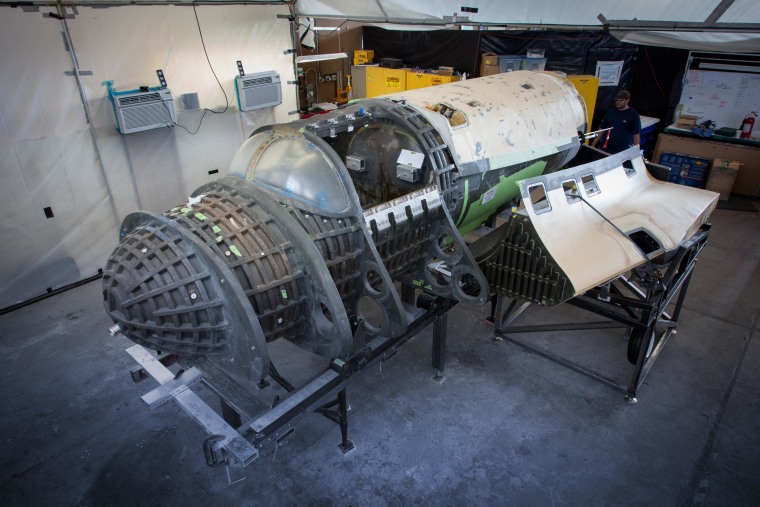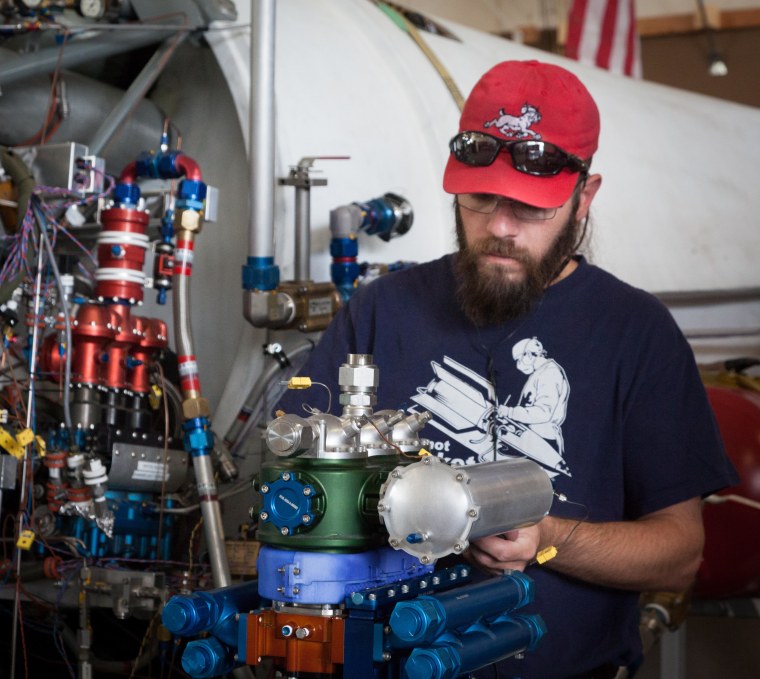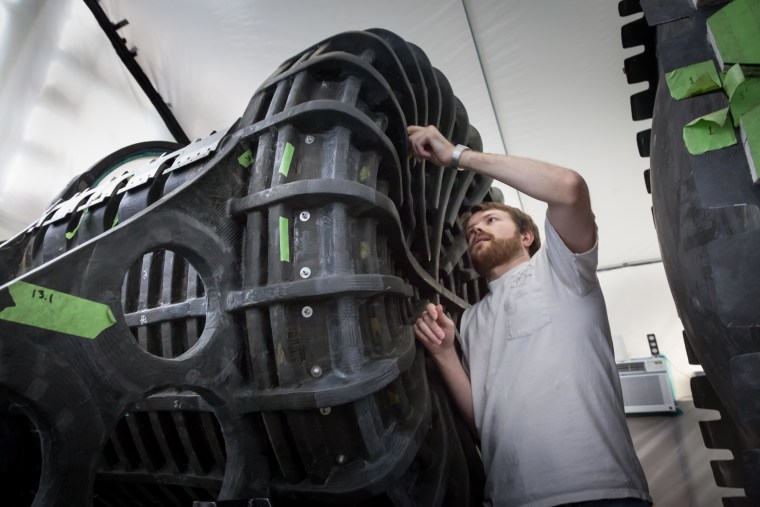XCOR Aerospace is showing off snapshots of its pride and joy: the Lynx rocket plane, which is currently under construction at California's Mojave Air and Space Port and could soon blaze a trail for suborbital space tourism and research.
"We always knew there would be a day when we could see a spacecraft forming in our hangar. Today is that day," XCOR's CEO, Jeff Greason, said Tuesday in a news release. "These pictures show our ongoing journey to make commercial spaceflight a reality."

XCOR said its team has integrated the Lynx's two-seat cockpit with the fuselage, and is adding further components such as the landing gear. At the same time, the company is testing its rocket propulsion system and making headway on a research and development center in Midland, Texas.
"After 15 years of development, the excitement in the hangar is palpable," XCOR President Andrew Nelson said. "Teams are working in parallel to finish Lynx."

If the company sticks to its current schedule, flight tests would begin next year, and the Lynx Mark I would start flying customers in 2015 or 2016.
A year to 18 months after the Mark I is flying, the Mark II would go into operation to carry tourists, researchers and scientific payloads across the internationally accepted boundary of outer space, beyond 100 kilometers (62 miles) in altitude. An even more powerful plane, the Lynx Mark III, is being designed to deploy microsatellites.
